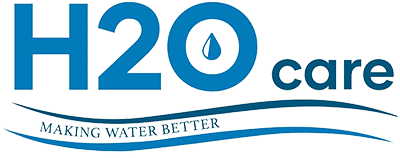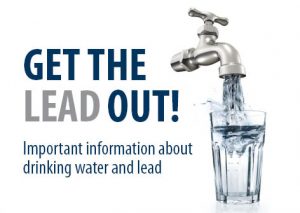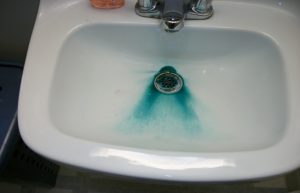LEAD IN DRINKING WATER – How does it get there?
Lead found in tap water usually comes from the corrosion of older fixtures or from the solder that connects pipes. It can also come from old lead service lines from the middle of your street, connecting the town’s water supply to your home. Water is known as the ultimate solvent in that it picks up a little of everything it touches as it flows through the ground, pipes, etc. Also, when water sits in leaded pipes for several hours, lead can leach into the water supply. Measures taken during the last two decades have greatly reduced exposures to lead in tap water. These measures include actions taken under the requirements of the 1986 and 1996 amendments to the Safe Drinking Water Act (http://epa.gov/sdwa) and the U.S. Environmental Protection Agency’s (EPA’s) Lead and Copper Rule (http://www.epa.lead-copper-rule)
HOW DOES pH LEVEL AFFECT LEAD IN DRINKING WATER
pH (short to “Potential for Hydrogen”) is the measure of the level of acidity or alkalinity in the water. The pH scale is a logarithmic scale that usually runs from 1 to 14. Each whole pH value below 7 (the pH of pure water) is ten times more acidic than the higher value and each whole pH value above 7 is ten times more alkaline than the one below it. For example, a pH of 3 is ten times more acidic than a pH of 4 and 100 times (10 times 10) more acidic than a pH value of 5. Conversely, a pH of 8 is ten times more alkaline than a pH of 7, etc.
As you would assume, the more acidic the water is, the more corrosive it is to whatever it touches. The change in water supply for the City of Flint, Michigan created a new supply with a lower pH thus causing a high amount of lead leaching into the water supply.
LOW pH IS COMMON IN NEW ENGLAND
Finding a low pH in New England water supplies is not uncommon. However, what town water departments do is add food-grade materials to the water at the treatment plant to neutralize the acidity of the water (if you have a private well with low pH, a pH neutralization tank is typically installed).
For example, the Massachusetts Water Resources Authority (MWRA) in 1996, began operating a facility in Marlborough where sodium carbonate and carbon dioxide are added to adjust the water’s pH and buffering capacity (ability to resist change in pH). This change has made the water less likely to leach lead into drinking water from the pipes. Older homes, however, may have lead service lines (the pipe from the main distribution line in the street to the individual home). This is a potential point of lead introduction into the water. What the MWRA does or any town’s water treatment facility does will not guarantee lead will not be introduced into your drinking water. They do what they can to minimize this. See the link at MWRA Lead Report.
You can also get Lead in drinking water if you have lead pipes in your home. Lead can also enter tap water if you have lead solder or brass fixtures in your home (brass is a mixture of lead and copper). Corrosion or wearing away of lead-based materials can add to lead in drinking water, especially if water sits for a long time in the pipes before use. At minimum, you should run the tap water until it becomes cold, flushing out any potential lead build-up.
PROVEN WATER FILTRATION FOR LEAD IN DRINKING WATER
Reverse osmosis water filtration systems are very effective at removing lead in drinking water (as well as a host of other potential contaminants) as a Point of Use device, typically feeding a separate faucet at the sink.These systems can be installed in the basement with a line feeding up to a separate faucet at the kitchen sink. There are also carbon filters that are designed with small enough pore sizes to remove lead from drinking water as well. For recommendations and alternatives, speak to a water treatment professional.
H2O Care is an established, full service water filtration and testing organization, originally formed in 1989 with offices in Middleton & Hudson, MA with an additional service depot in Plymouth, MA. See our published articles in Water Technology Magazines at http://publications. Contact us at [email protected] or 800-539-1100.





